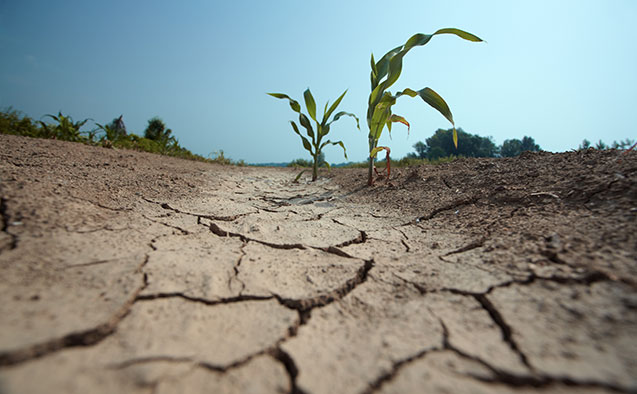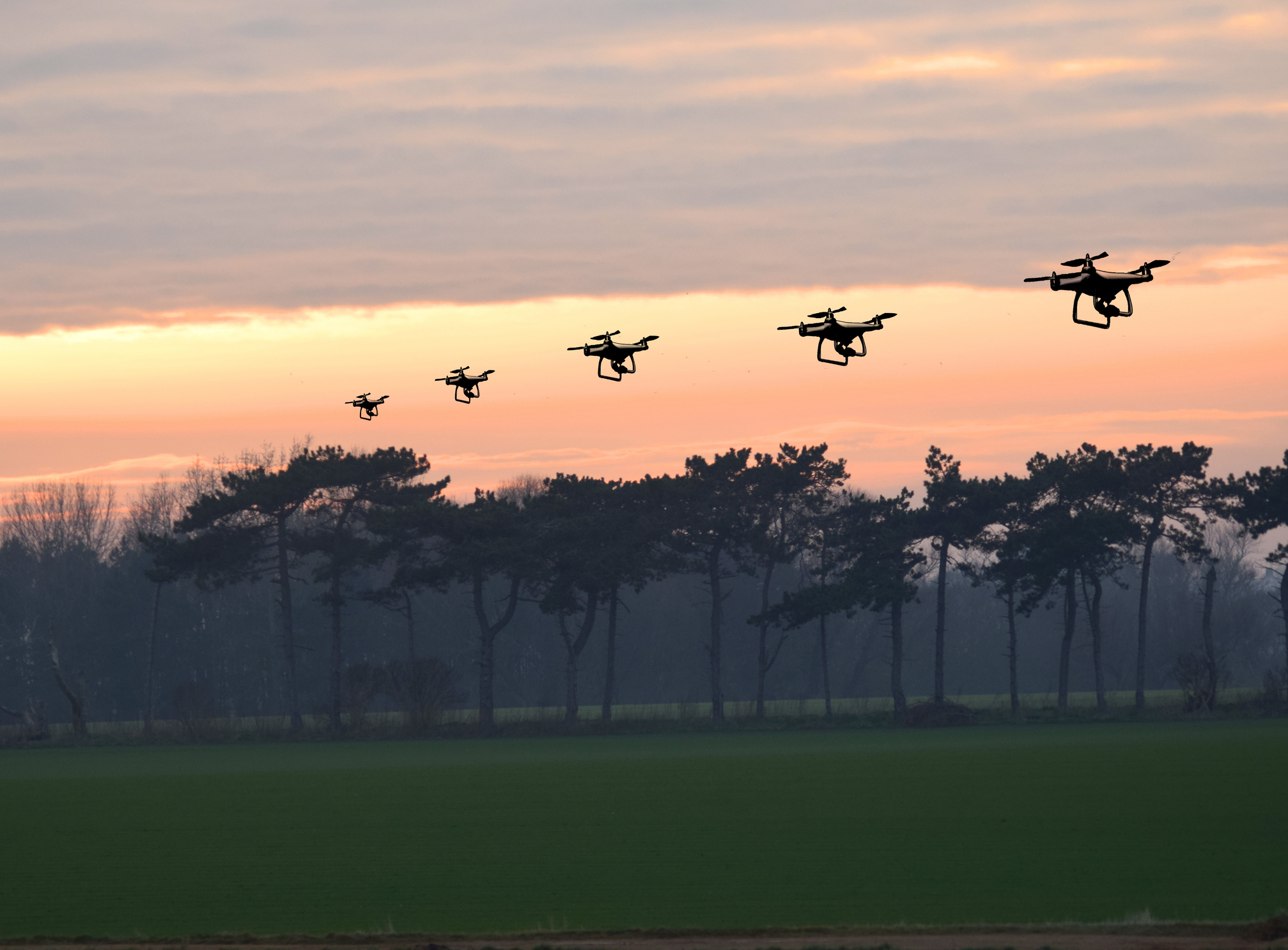Flash drought: Researchers calculate global risk

Flash droughts are extreme drought events where conditions deteriorate rapidly, such as when temperatures spike during a period of scarce rainfall, desiccating the soil. They can materialize in as little as five days and last for weeks or even a few months.
“Flash droughts are of concern because they happen with little forewarning for farmers and land managers to prepare,” says Wake Forest University Assistant Professor of Engineering Lauren Lowman. Flash droughts can also contribute to wildfires and severely disrupt agricultural production.

Lauren Lowman
Now, a new study featuring Lowman’s analytical contributions has calculated how the global risk of flash drought will change with climate warming. The study was published in Communications Earth and Environment in May.
The researchers, led by University of Oklahoma meteorologist Jordan Christian, examined the future of flash droughts under low, medium, and high warming scenarios. Lowman has been collaborating with Christian and other members of the research team since 2020. Their latest findings predict that the global risk of flash drought will increase by 6.0-9.5% by the end of the century.
In many regions the risk increases in step with warming intensity. Lowman highlights the Amazon as one particularly interesting region they examined. Forests help buffer the risk of flash droughts. The ongoing deforestation of the Amazon’s vast, biodiverse rainforests is a major culprit behind the increasing threat of flash drought in this area.
Flash drought projections for cropland were – unsurprisingly – a major interest for the researchers due to their implications for food security and world economies. According to Lowman, a 2012 flash drought was one of the most expensive natural disasters in US history. It caused over $17 billion in crop losses. The timber industry lost an additional $800 million.
The group’s models predicted that North American and European cropland will see 17% and 21% increases in flash drought risk by 2100 under the high warming scenario. The future outlook for flash drought in other regions appears more complex: the study also showed that northern Australian cropland is most at risk under the low warming scenario, with medium climate warming causing the smallest projected increase in flash drought risk for the region’s agricultural land.
These complexities are due, in part, to the fact that climate change does not only mean warmer temperatures, but also shifting precipitation patterns. Some areas of the world will experience increased rainfall under future warming scenarios. Regardless, explains Lowman, the future potential effects of drought on agriculture is the most striking result of the study. “Our croplands, and thus food security globally, is severely threatened by an increase in projected flash drought events,” she says.
Beyond its importance for understanding how climate change may affect the future of food, the research is a testament to the power of interdisciplinary collaboration. Lowman is an environmental engineer who is very interested in the role that vegetation plays in the Earth system. Her colleagues on the study are meteorologists, engineers, and remote sensing experts. “It has been great to collaborate with a group who think about atmospheric processes,” she says.
Categories: Top Stories
Wake Forest News
336.758.5237
media@wfu.edu
Meet the News Team
Headlines
Wake Forest in the News
Wake Forest regularly appears in media outlets around the world.




